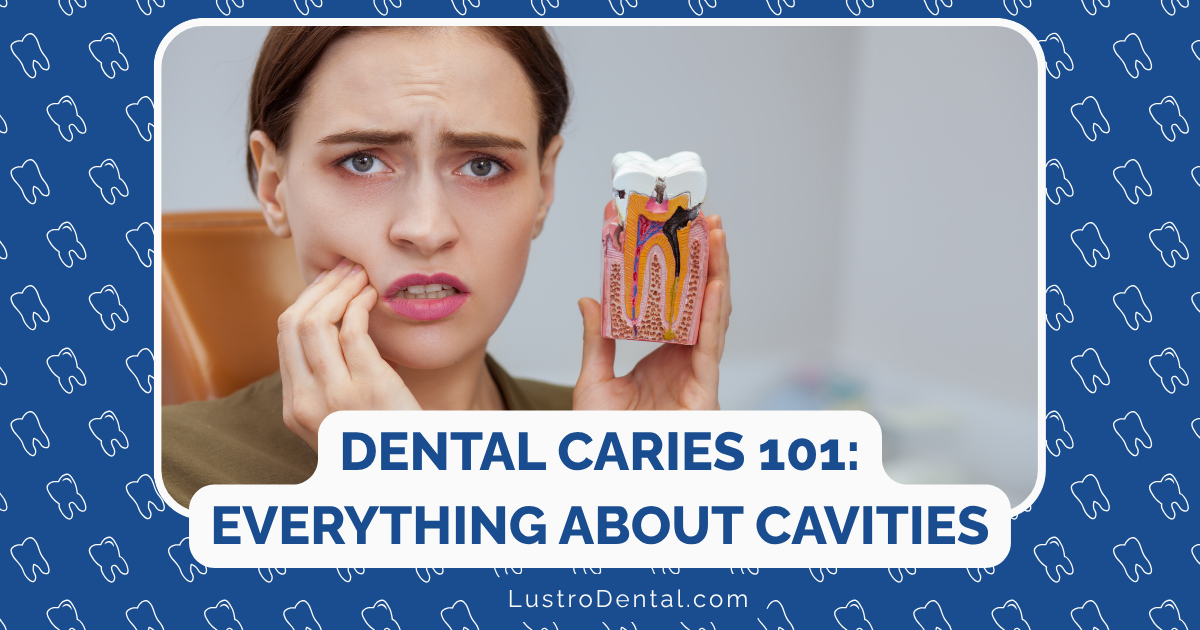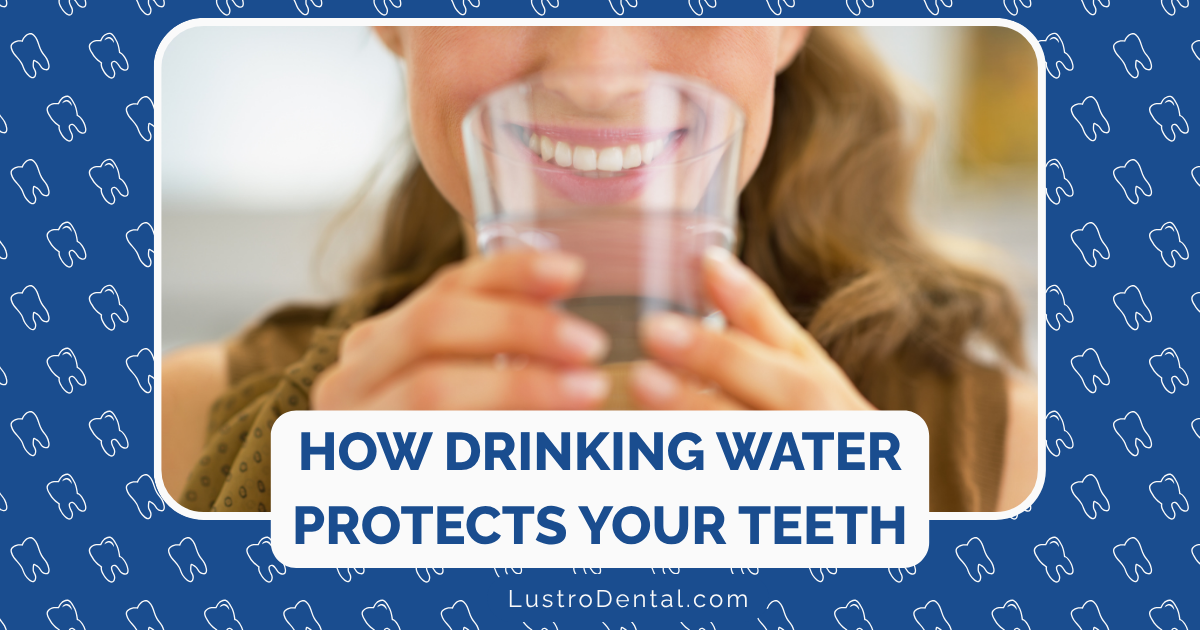Dental Sealants vs. Fluoride Treatments: When to Choose Which Prevention Method

As a dental health advocate, I’ve heard this question countless times from parents and patients alike: “Should I get dental sealants or fluoride treatments? Do I need both?” It’s a common dilemma, and for good reason—both are excellent preventive measures, but they work in fundamentally different ways.
The truth is, the answer isn’t always straightforward. It depends on several factors including age, cavity risk, tooth anatomy, and specific oral health needs. Let’s dive into the world of preventive dentistry and unpack when each option makes the most sense.
Understanding the Basics: How Each Treatment Works
Before we can determine which treatment is right for different situations, we need to understand what each one actually does.
Dental Sealants: The Physical Barrier Approach
Dental sealants are thin, plastic coatings painted onto the chewing surfaces of teeth—primarily the premolars and molars. According to the American Dental Association (ADA), sealants work by physically filling in the deep grooves, pits, and fissures on these surfaces.
Think of sealants as raincoats for your teeth. They create a smooth protective shield that prevents food particles and bacteria from settling into those hard-to-clean crevices where cavities often begin.
The application process is straightforward:
- The tooth is thoroughly cleaned and dried
- An etching solution is applied to roughen the surface for better adhesion
- The tooth is rinsed and dried again
- The sealant material is painted onto the tooth surface
- A special curing light hardens the sealant
Once applied, sealants can protect teeth for several years before needing replacement.
Fluoride Treatments: The Strengthening Approach
Fluoride treatments, on the other hand, work by chemically strengthening the tooth structure itself. Fluoride is a mineral that helps rebuild weakened tooth enamel and reverse early signs of tooth decay.
As explained by the Centers for Disease Control and Prevention (CDC), fluoride works in two main ways:
- It gets incorporated into the structure of developing teeth when ingested
- It prevents demineralization and enhances remineralization of tooth enamel when applied topically
Professional fluoride treatments deliver a concentrated dose of fluoride directly to the teeth. They come in several forms:
- Varnish (painted onto teeth)
- Foam (applied in trays)
- Gel (applied in trays or painted on)
- Solution (used as a rinse)
These treatments typically take just a few minutes, with the fluoride remaining in contact with the teeth for several hours afterward.
Effectiveness: What the Research Shows
When deciding between treatments, effectiveness is a key consideration. Let’s look at what the scientific evidence tells us.
Sealant Effectiveness
Research consistently shows that dental sealants are highly effective at preventing cavities on the chewing surfaces of molars. A comprehensive Cochrane review found that:
- Resin-based sealants reduce the risk of cavity development by 73% compared to no sealants
- Properly applied sealants can remain effective for up to 9 years
- Sealants can even arrest early non-cavitated decay when placed over these spots
The CDC reports that school-age children without sealants have almost three times more cavities in their first molars than children with sealants.
Fluoride Treatment Effectiveness
Fluoride treatments also have impressive research backing their effectiveness:
- Professional fluoride treatments can reduce tooth decay by 20-40% in children
- Regular fluoride applications help prevent new cavities and slow or stop decay that has already started
- According to Wauwatosa Dentists, children and teens receiving at least one fluoride treatment per year are 43% less likely to develop cavities
Head-to-Head Comparison
When directly comparing the two treatments, the evidence shows some interesting patterns:
- For occlusal (chewing) surfaces specifically, sealants tend to outperform fluoride varnish alone
- The ADA Council on Scientific Affairs recommends using pit-and-fissure sealants over fluoride varnish for sealing the occlusal surfaces of molars
- However, for smooth surfaces of teeth (the sides), fluoride treatments may be equally or more effective
- A scientific study published in Nature found no statistically significant difference between sealants and fluoride varnish in preventing caries in first permanent molars at 2-3 years follow-up
Perhaps most telling is the research on combining both treatments. A study involving nearly 1,800 children aged 5 to 10 showed that combining dental sealants with fluoride varnish reduced tooth decay by almost 14.5% over two years compared to fluoride treatment alone.
When to Choose Dental Sealants
Given what we know about both treatments, here are the scenarios where dental sealants typically make the most sense:
1. Deep Grooves and Fissures
Some people naturally have deeper grooves in their molars than others. If your dentist observes particularly deep pits and fissures in your teeth, sealants may be strongly recommended regardless of age.
These deep crevices are perfect hiding spots for bacteria and food particles, and they’re nearly impossible to clean effectively with a toothbrush. Sealants physically block these vulnerable areas.
2. Children and Adolescents
Sealants are particularly valuable for children and teenagers for several reasons:
- Newly erupted permanent molars are more vulnerable to decay
- Children’s brushing skills are still developing
- The first few years after tooth eruption are when teeth are most susceptible to cavities
The ADA and American Academy of Pediatric Dentistry recommend sealants for all children and adolescents on permanent molars, ideally applied soon after eruption.
3. History of Occlusal Cavities
If you or your child has a history of developing cavities specifically on the chewing surfaces of teeth, sealants provide targeted protection for these high-risk areas.
4. Limited Access to Dental Care
For individuals with limited access to regular dental care, sealants offer a long-lasting preventive solution that doesn’t require frequent reapplication.
5. Special Needs Patients
For patients with physical, cognitive, or behavioral challenges that make daily oral hygiene difficult, sealants can provide valuable protection that doesn’t rely on perfect brushing technique.
A fascinating study in Scientific Reports found that children with Autism Spectrum Disorders who received both sealants and fluoride treatments had significantly higher survival rates from dental caries compared to those who received fluoride treatments alone.
When to Choose Fluoride Treatments
Fluoride treatments have their own set of scenarios where they may be the preferred option:
1. High Risk for Smooth Surface Decay
While sealants protect the chewing surfaces, they don’t cover the smooth surfaces of teeth (the sides). For patients prone to decay in these areas, fluoride treatments provide more comprehensive protection.
2. Early Signs of Demineralization
If your dentist notices white spots or other early signs of enamel demineralization, fluoride treatments can help remineralize these areas before they develop into full-fledged cavities.
3. Sensitive Teeth
Fluoride can help reduce sensitivity by strengthening enamel and dentin, making it a good choice for patients with tooth sensitivity.
4. Root Exposure
As we age, gums may recede and expose root surfaces. These areas are particularly vulnerable to decay and can benefit from fluoride treatments, as noted by Sanborn Dental Associates.
5. Orthodontic Treatment
Patients with braces have an increased risk of developing cavities around brackets and bands. Fluoride treatments can provide additional protection during orthodontic treatment.
6. Dry Mouth (Xerostomia)
Patients with reduced saliva flow due to medications, medical conditions, or radiation therapy have less natural protection against cavities. Regular fluoride treatments can help compensate for this deficit.
The Case for Both: When Combination Makes Sense
In many cases, the best approach is not choosing between sealants and fluoride treatments but using both as complementary strategies. Here’s when the combination approach makes the most sense:
1. High Caries Risk Patients
For patients with a high risk of developing cavities due to factors like diet, oral hygiene challenges, or medical conditions, combining both preventive methods provides maximum protection.
2. Children During Cavity-Prone Years
The years following the eruption of permanent molars (typically ages 6-14) are when teeth are most vulnerable. During this period, using both sealants and regular fluoride treatments offers comprehensive protection.
A Cochrane review found that using both resin-based sealants and fluoride varnish may be more effective than using fluoride varnish alone.
3. Partially Erupted Molars
When molars are still partially erupted, they’re difficult to clean and highly susceptible to decay. While fully sealing these teeth may not be possible until complete eruption, fluoride treatments can provide protection in the interim, followed by sealants once the tooth is fully erupted.
4. After Restoration of Cavities
After having cavities filled, patients have demonstrated vulnerability to decay. Using both preventive methods can help prevent future cavities.
Practical Considerations: Beyond Effectiveness
While effectiveness is paramount, there are other practical factors to consider when choosing between preventive treatments:
Application Process and Comfort
Sealants require a more involved application process that takes about 5-10 minutes per tooth. The process isn’t painful but requires good cooperation to keep the tooth dry during application.
Fluoride treatments are quicker and simpler to apply, taking just a few minutes for all teeth. They’re generally well-tolerated by patients of all ages.
Durability and Maintenance
Sealants typically last several years before needing replacement. According to research, retention rates range from 58% to 64% over long-term follow-up periods. They require periodic checking during regular dental visits to ensure they remain intact.
Fluoride treatments provide temporary protection that diminishes over time, which is why they’re typically recommended every 3-6 months for high-risk patients.
Cost and Insurance Coverage
Sealants generally cost $30-60 per tooth. Most dental insurance plans cover sealants for children, but coverage for adults varies. The CDC notes that sealants are underutilized despite their effectiveness and insurance coverage.
Fluoride treatments typically cost $20-50 per application (covering all teeth). They’re often covered by insurance, particularly for children, and may be included as part of regular cleaning appointments.
Age Considerations
Sealants are most commonly recommended for children and teenagers, but adults with high cavity risk can benefit as well. The ideal time to apply sealants is soon after the eruption of permanent molars (around ages 6 and 12).
Fluoride treatments are beneficial throughout life and may become increasingly important for older adults who experience gum recession, dry mouth, or other age-related oral health changes.
Special Populations: Tailoring Prevention Strategies
Different populations may benefit from specific approaches to preventive dental care:
Children and Adolescents
For this age group, both treatments are highly valuable. The ADA specifically recommends sealants on permanent molars for all children and adolescents. Fluoride treatments provide additional protection during these cavity-prone years.
Adults
Adults with specific risk factors may benefit from either or both treatments:
- Those with deep grooves in their teeth may benefit from sealants
- Those with recession, dry mouth, or multiple restorations may benefit more from fluoride
- Adults with a history of frequent cavities may benefit from both
Older Adults
As we age, our cavity risk often shifts from the chewing surfaces to the root surfaces of teeth due to gum recession. For older adults:
- Fluoride treatments become increasingly important for protecting exposed root surfaces
- Sealants may be less commonly recommended unless the individual has deep grooves and a history of occlusal cavities
Patients with Special Health Care Needs
For patients with physical, cognitive, or developmental disabilities that impact their ability to maintain optimal oral hygiene:
- Sealants provide passive protection that doesn’t rely on perfect brushing
- Fluoride treatments offer additional protection
- The combination approach is often ideal
Making the Decision: A Framework
When deciding between sealants and fluoride treatments, consider this framework:
- Assess cavity risk: High-risk patients benefit most from combining both treatments
- Examine tooth anatomy: Deep grooves and fissures favor sealants
- Consider age: Children and teens are prime candidates for sealants
- Review cavity history: Previous cavity patterns can guide treatment choice
- Evaluate practical factors: Cost, insurance coverage, and patient cooperation
Remember that these treatments are not mutually exclusive—they work in different ways and can complement each other beautifully.
The Future of Preventive Dentistry
The field of preventive dentistry continues to evolve, with promising innovations on the horizon:
Advanced Sealant Materials
Newer sealant materials are being developed with additional benefits:
- Bioactive sealants that release calcium and phosphate ions
- Sealants with antimicrobial properties
- Color-changing sealants that indicate when replacement is needed
Enhanced Fluoride Delivery Systems
Research is also advancing in fluoride delivery:
- Slow-release fluoride devices
- Combination fluoride products with additional remineralizing agents
- Targeted fluoride therapies for high-risk areas
Personalized Prevention Strategies
The future likely holds more personalized approaches to prevention based on:
- Genetic risk factors
- Microbiome analysis
- Digital monitoring of enamel health
Conclusion: It’s Not Always an Either/Or Decision
After reviewing the evidence and considerations, it’s clear that the question “Sealants or fluoride treatments?” often has the answer: “Both, strategically applied.”
Each preventive method has its strengths and ideal applications:
- Sealants excel at: Protecting vulnerable chewing surfaces with deep grooves from bacterial invasion
- Fluoride treatments excel at: Strengthening all tooth surfaces and reversing early decay
For many patients, especially children and those at high risk for cavities, the combination approach provides the most comprehensive protection. The good news is that both treatments are non-invasive, painless, and far less costly than treating decay after it develops.
The best approach is to have a thorough discussion with your dentist about your specific risk factors and needs. Together, you can develop a prevention plan that may include sealants, fluoride treatments, or both—along with good home care practices—to keep your smile healthy for years to come.
Remember, when it comes to dental health, prevention is always better than treatment. Both sealants and fluoride treatments represent modern dentistry’s shift toward preventing problems before they start rather than simply treating them after they occur.
Have you or your children had experience with dental sealants or fluoride treatments? Which has worked better for your family? Share your experiences in the comments below!







